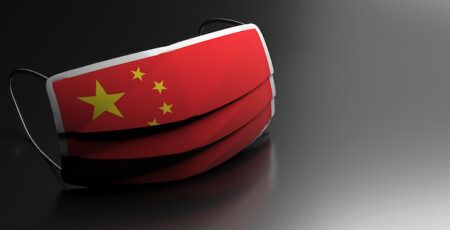Hospital and NHS staff in Staffordshire and Derbyshire have taken delivery of vital personal protective equipment (PPE) made and delivered by a team of JCB volunteers.
JCB reopened its Innovation Centre at the World HQ in Rocester so Tooling and Moulding Engineers Joe Mumby, 22, and Joe Bagley, 25, could volunteer and make medical grade visors for NHS staff on the company’s 3D rapid prototype machines.
Yesterday fellow JCB employees, Blood Bikers Mike Poxon and Steve Hawkes, volunteered to make deliveries of the visors to local hospitals and NHS Staff. Deliveries were made to The Royal Stoke University Hospital, the Haywood Hospital in Burslem, Stoke-on-Trent, and to a team of 16 district nurses in Leek, Staffordshire. The Derby Royal Hospital has also received a quantity after contacting JCB.
Now JCB is awaiting the delivery of more medical-grade acetate this week so hundreds more of the visors can be completed and delivered to the local community.
Leek district nurse Karen Hales said: “Our team is going into people’s houses and residential care homes on a daily basis and these visors make us and our patients feel so much safer. We are very thankful for the donation of visors from JCB.”
JCB senior design engineer Steve Hawkes, 43, of Hednesford, Staffs, is also a member of an organisation called ‘Visor Bikes’, a group made up of volunteers, who use motorcycles to deliver visors to front line NHS workers. He added: “I feel very proud to play a small part in getting vital PPE to NHS staff.”
The project started when JCB principal electronics engineer James Morley, 43, converted the garage at his home in Belper, Derbyshire, to produce vital supplies. Inspired by his efforts, JCB re-opened its Innovation Centre at the World HQ so production could start there on a volunteering basis. James has made 20 visors so far and has donated 10 to a care home near. He now has material to make another 70. He is also rapid prototyping so-called ‘superhero nurse’ headbands which make face masks more comfortable for medical staff to wear as they fit on the back of the head rather than on to the back of ears.





